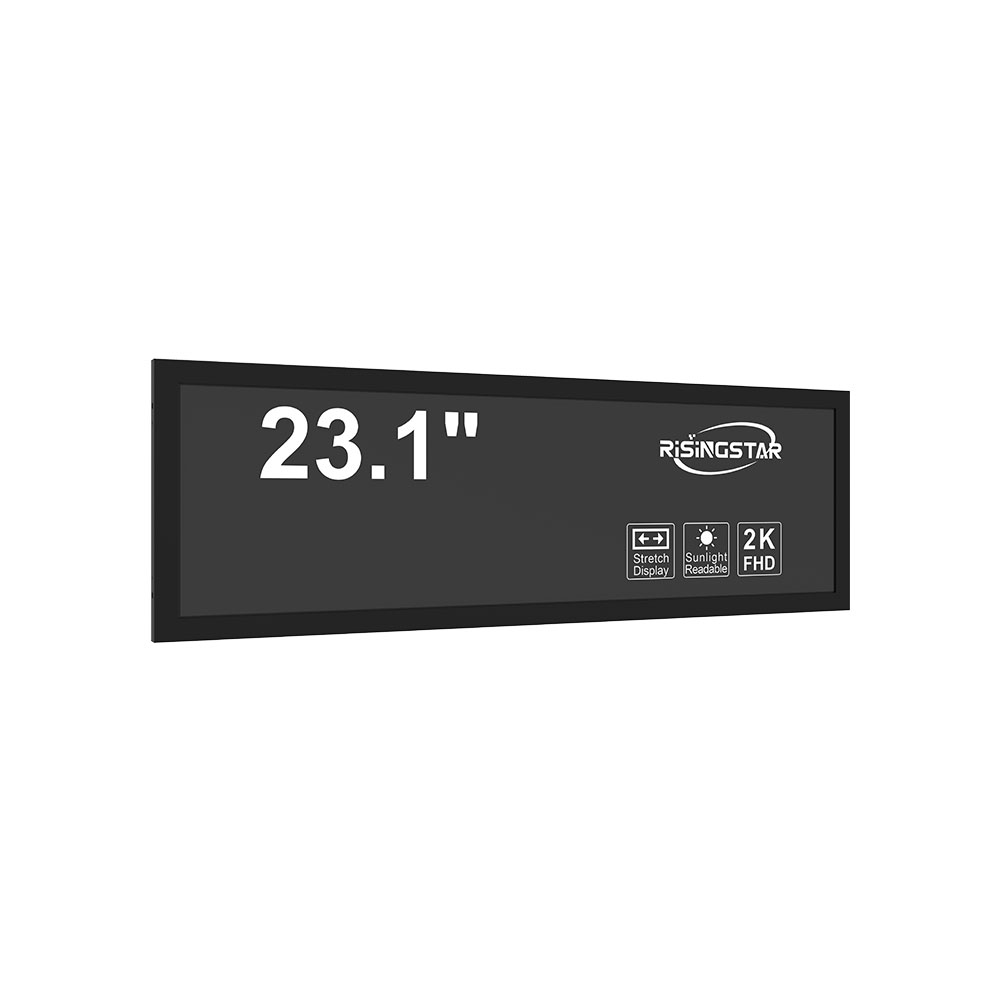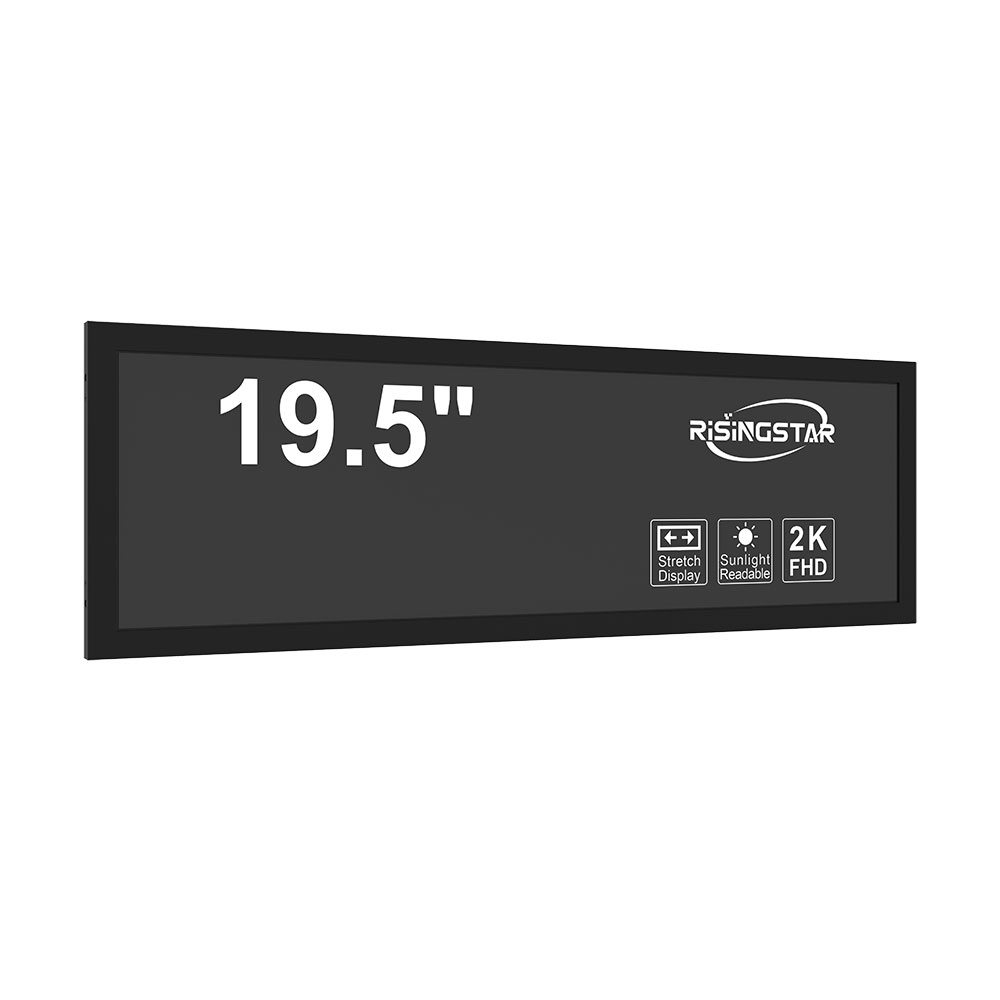- Home
- About Us
- Products
- News
- Video
- Contact
- Send Inquiry
Search
- Home
- About Us
- Products
- News
- Video
- Contact
- Send Inquiry

When designing or selecting outdoor LCD screens for public information systems, digital signage, transportation hubs, retail environments, and industrial monitoring, display ratio is a critical factor that influences both visual clarity and spatial efficiency. Among the most commonly used ratios in commercial and industrial outdoor displays are the 4:3 aspect ratio — a legacy format that remains relevant due to its compatibility with legacy systems, ease of content scaling, and optimal use of vertical space. This article explores why 4:3 displays continue to dominate specific outdoor applications, particularly in 15-inch, 17-inch, and 19-inch screen sizes, and how they meet modern performance demands like brightness, durability, and weather resistance.
The 4:3 display ratio, also known as "standard" or "classic" aspect ratio, was widely adopted in early computer monitors and televisions before the shift toward widescreen formats like 16:9. However, in outdoor environments where high readability under direct sunlight and consistent image fidelity matter more than cinematic immersion, 4:3 remains superior. For instance, in bus stops, airport kiosks, or factory control rooms, the taller vertical dimension of a 4:3 screen (compared to 16:9) allows for better presentation of text-heavy content, such as schedules, status updates, or real-time data dashboards — without requiring excessive scrolling.
Among common outdoor LCD screen sizes, 15-inch, 17-inch, and 19-inch models with a 4:3 ratio are frequently chosen for their balance between portability, visibility, and cost-effectiveness. A 15-inch 4:3 screen (typically 1024x768 resolution) is ideal for compact installations like vending machines or small kiosks where space is limited but clear text and icons must be visible from a distance. A 17-inch unit (1152x864) offers a mid-range option suitable for retail point-of-sale displays or indoor-outdoor hybrid spaces such as covered bus shelters. Meanwhile, the 19-inch 4:3 (1280x960) provides enhanced resolution and viewing area, making it optimal for larger-scale digital signage, security monitoring stations, or vehicle-mounted displays in construction or logistics fleets.
From a technical standpoint, outdoor LCDs with 4:3 ratios must comply with industry standards such as IP65 or IP67 for dust and water resistance, and typically feature brightness levels of 5,000 nits or higher to remain legible under direct sunlight — far exceeding standard indoor displays. Manufacturers like LG, Samsung, and Panasonic have developed ruggedized 4:3 outdoor LCD panels specifically for these dimensions, incorporating anti-glare coatings, wide temperature tolerance (-20°C to 60°C), and LED-backlit technology for energy efficiency and longevity.

Case studies support this trend: In 2022, London’s Transport for London deployed over 500 17-inch 4:3 outdoor LCDs across bus stops, citing improved readability of route maps and service alerts compared to earlier widescreen units. Similarly, a major warehouse automation company in Germany replaced all 16:9 screens with 19-inch 4:3 displays in control rooms, reporting a 30% reduction in operator fatigue due to better text alignment and reduced eye movement.
In conclusion, while 16:9 dominates consumer markets, 4:3 outdoor LCD screens — especially in 15”, 17”, and 19” sizes — remain indispensable in professional and public-facing environments. Their ability to deliver precise, readable, and scalable content in demanding conditions makes them a smart investment for any organization seeking reliable outdoor display solutions. As technology evolves, manufacturers continue to optimize 4:3 screens for brightness, power efficiency, and environmental resilience, ensuring their continued relevance well into the next decade.
